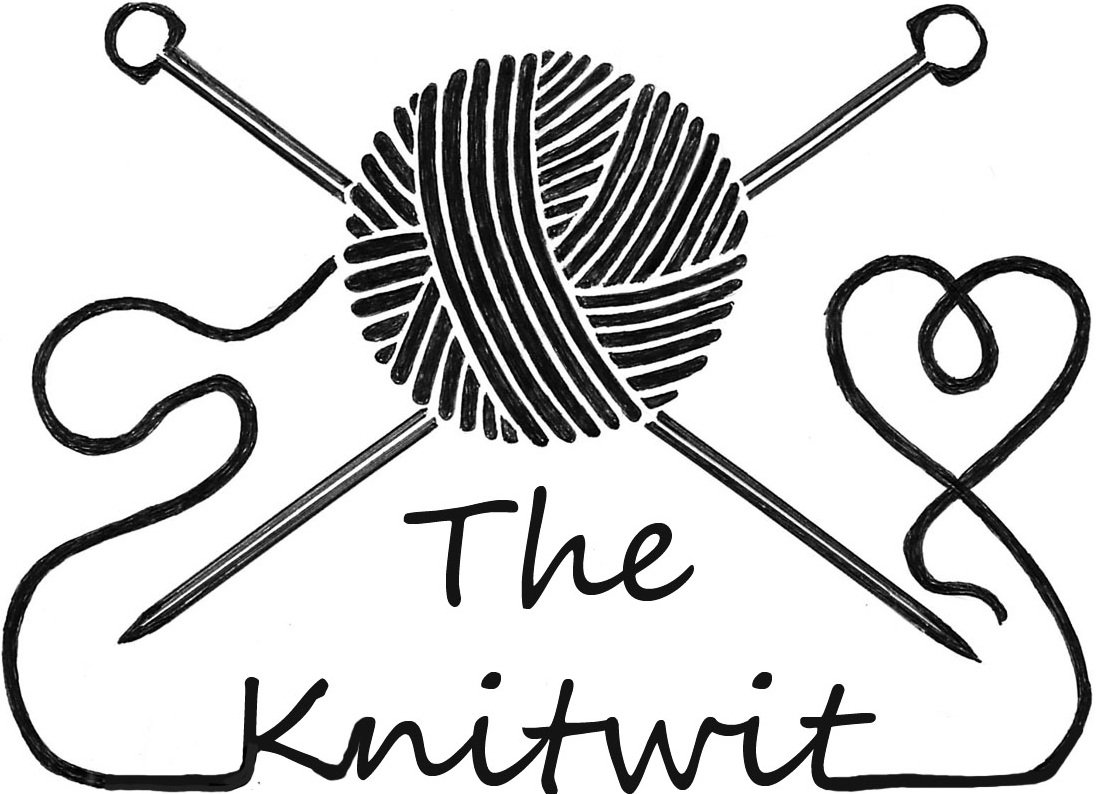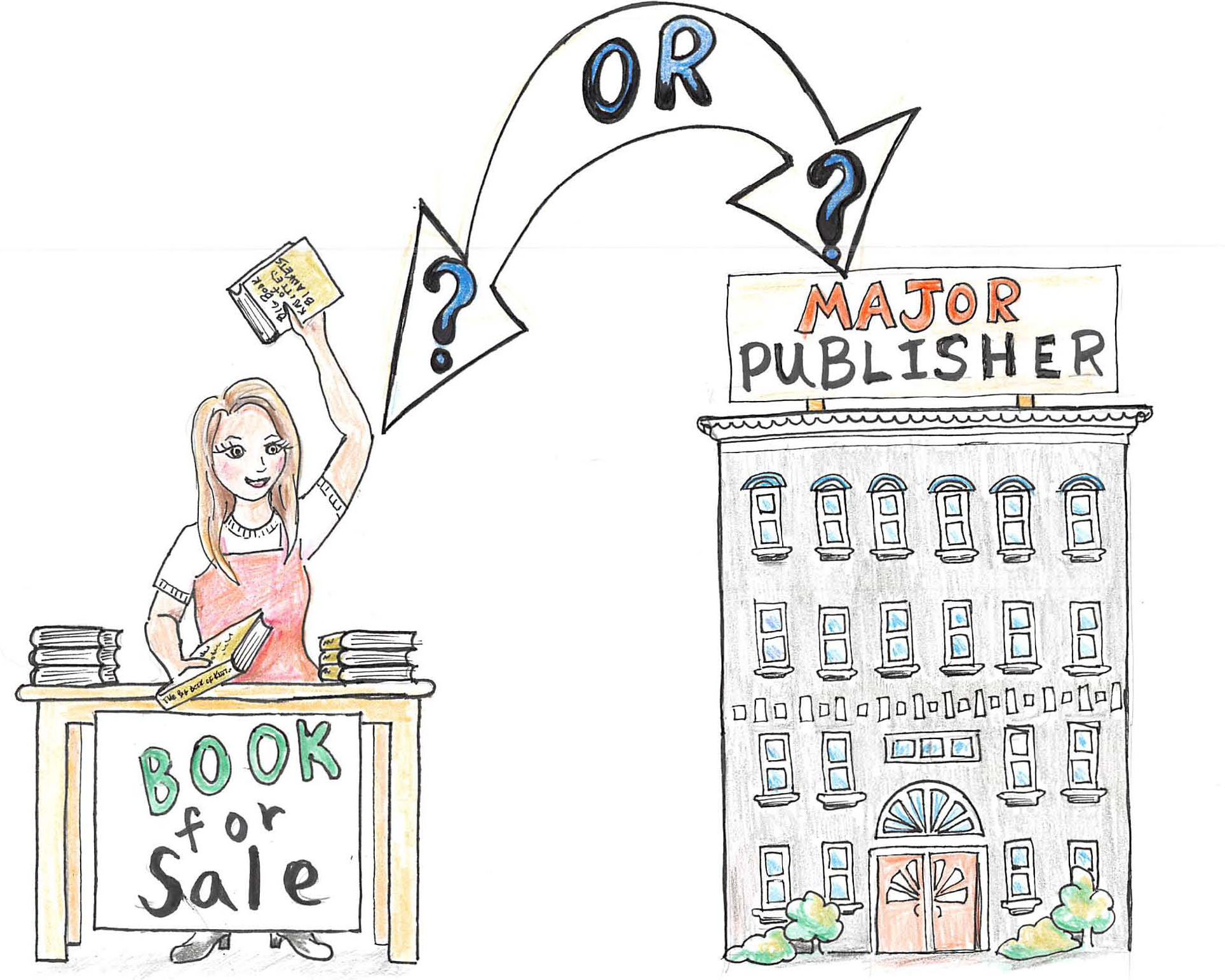Writing a Book 101: Self-publish vs. Publisher
In 2018 I decided to write a book to fill a gaping hole in available literature; a book of patterns for 30 knitted blankets. In this series of posts I will describe my experiences and lessons learned. This post will describe options for publishing a book. This question is one that faces all authors irrespective of the topic of the book.
In the old days the only way to get a book published was through a Publisher. But with print on demand it is now a viable option to self-publish. In this post, I will describe the research I did and how I decided between these two options for my book.
Distribution and Advertising
After researching the publishing approaches, for me it boiled down to the question of distribution and advertising; who would do it and who would pay for it. If I were to enter into a “book deal” with a publisher, they would would use their existing contacts to get my book onto the book shelves of brick and mortar bookstores, and if I was lucky they might do a pretty good job advertising my book. On the other hand, if I were to self-publish, the book would only be available from digital distributors and not appear on any store bookshelves, and I would have to devise and pay for any advertising.
For use of the publisher’s brick and mortar distribution channels and in return for their advertising, I would be giving up some of the proceeds of the book; actually a significant amount. For a new, untested author royalties can be as low as 10 - 15% of whatever the publisher can manage to sell the book for. For self-publishing, I would get the sales price minus the cost of printing, and minus the out-of-pocket cost of my own advertising.
Creative License vs. Help from Publisher
Another aspect I considered in my decision was the possibility of getting useful input from the publisher and help polishing my book, versus the constraints the publisher might impose that would alter my vision for the book. As for useful input, it would include using the contacts they have in my subject area, marketing research information and their contributions to the layout, formatting, cover and general appearance of the book. As for constraints, the publisher would be selecting the packaging of the book (i.e. hardcover vs paperback, and dimensions), title, number of pages, and overall look and feel.
When to Make the Decision
I felt compelled to make the decision about publisher vs. self-publisher at the very onset of writing my book, because if I was to use a publisher I wanted to get their input and know about any constraints while I was preparing the manuscript. But this decision can be deferred until the manuscript is complete. A benefit of this approach is that if the finished book is really compelling it may attract a publisher that might not have gotten excited about the book in proposal form.
My Decision
I decided to use a traditional publisher that produces a lot of books for Arts and Crafts. Although I was not thrilled with the royalty part of the deal, they were very excited about the book and I chose them for this reason. They also agreed to cover some of upfront costs of producing the book with contributions that don’t have to be repaid from royalties, so I know I won’t lose money after devoting a year of my life to producing the manuscript. I can afford to merely break even because I am retired. If I was relying on proceeds from a book as my income, I would be knitting the blankets in a tent. I have probably asked the publisher for more “useful input” than they are used to giving, but they have been very helpful. They have provided contacts at yarn companies, evaluated my 40-something blanket designs to down-select to 30, and have given me detailed information about what they need so that I don’t end up delivering formats they can’t use. Perhaps most useful of all, they gave me a deadline for the manuscript, which ensures that I am working toward a goal with a concrete finish line.
Book Proposal Outline and Subjects
If you are considering a traditional publisher, you will need to write a book proposal. The proposal I was sending out to publishers evolved over time because each publisher wanted different information and so I added to the proposal. The last version of the proposal I sent out had the following comprehensive outline and was 11 pages in length, single-spaced:
Cover letter — less than 1 page introducing myself , the working title for the book, and synopsis of why the book will be useful and popular, and summary list of my skills relevant to the book.
Working Title
Synopsis of the Book
Book Outline
Example Chapter
Experience and credentials relevant to the book
Samples of writing from previous books, magazines and online publications
Publicity Plan — social media campaign, website, user engagement plans
Market Analysis — to demonstrate with statistics that there is a market for the book
Packaging — binding type, estimated number of pages, and cover design idea
Biography
Contact Information — name, address, email, and phone numbers
FUTURE TRENDS
I started working on the book in October of 2018. During this time, two of the periodicals that were publishing my knitting patterns have gone under. One publisher discontinued their knitting magazine, and the other filed for bankruptcy and is selling off assets.
The way I identified publishers to send my proposal to was by making a list of the publishers of top-selling knitting books. The publishers did respond, and mostly by snail mail, but 50% of them said they were no longer publishing knitting books. This really drove it home to me that, at least in my subject matter, print books are not making big bucks for the publishers. It is also very clear that digital distribution of individual patterns is replacing it. And notably, my “book deal” signs over my rights to the publisher for digital distribution of the book or compilations of patterns from the book. So I am feeling pretty fortunate to have a publisher who is willing to take a chance on me, and I am not planning to disappoint them. My manuscript is on schedule and I even have a little extra time to write this blog.
The next post in this series is Designing the Blankets.

